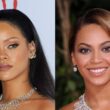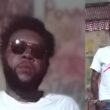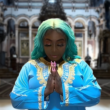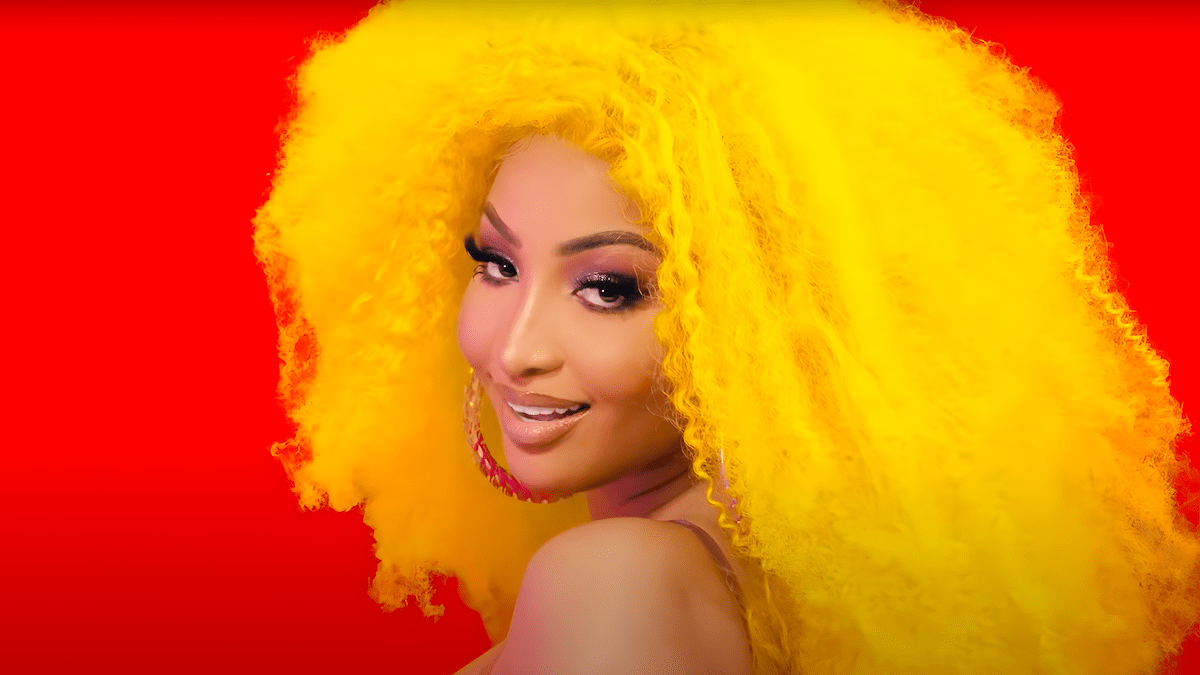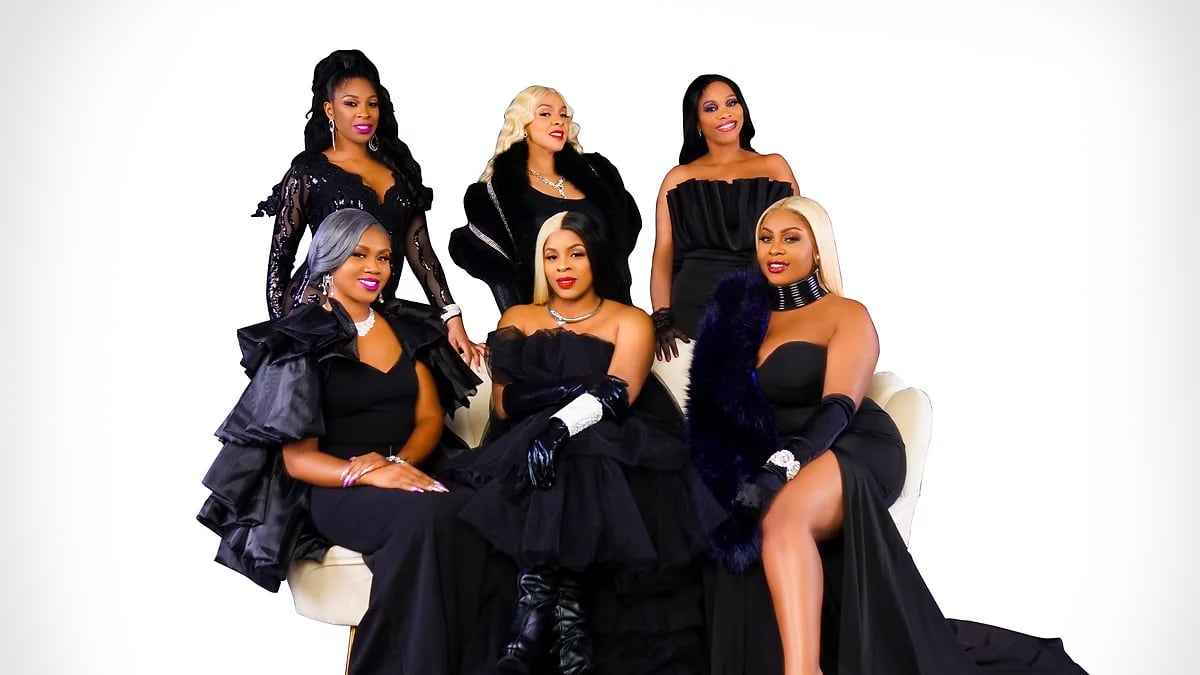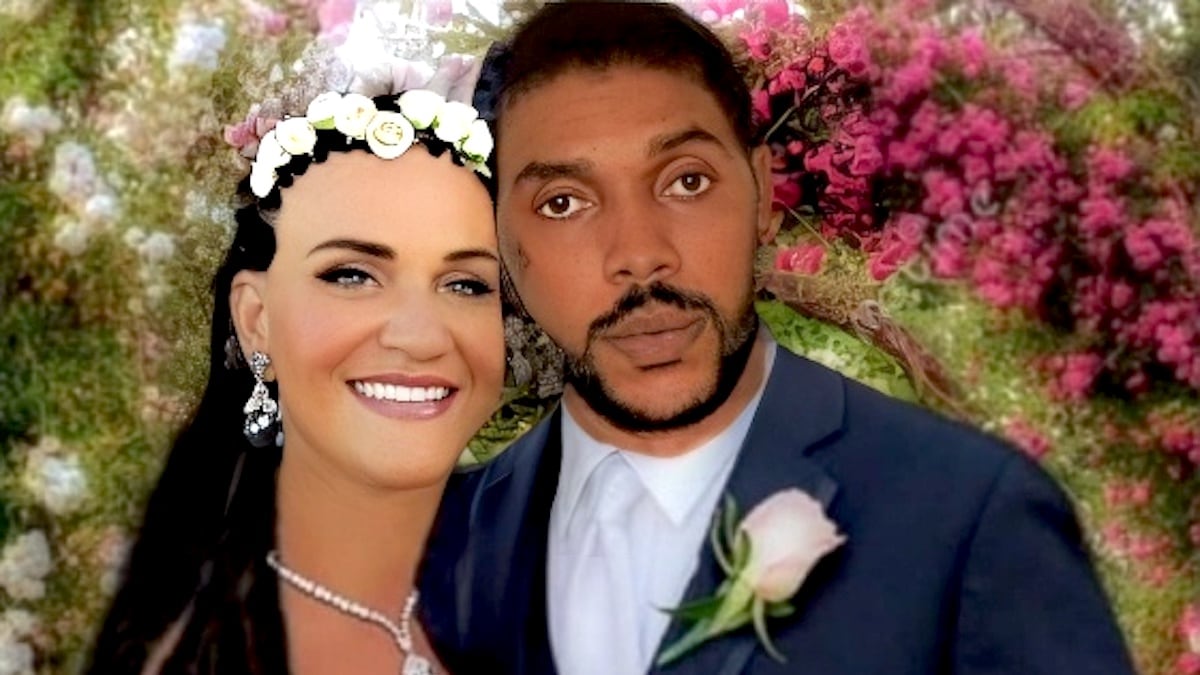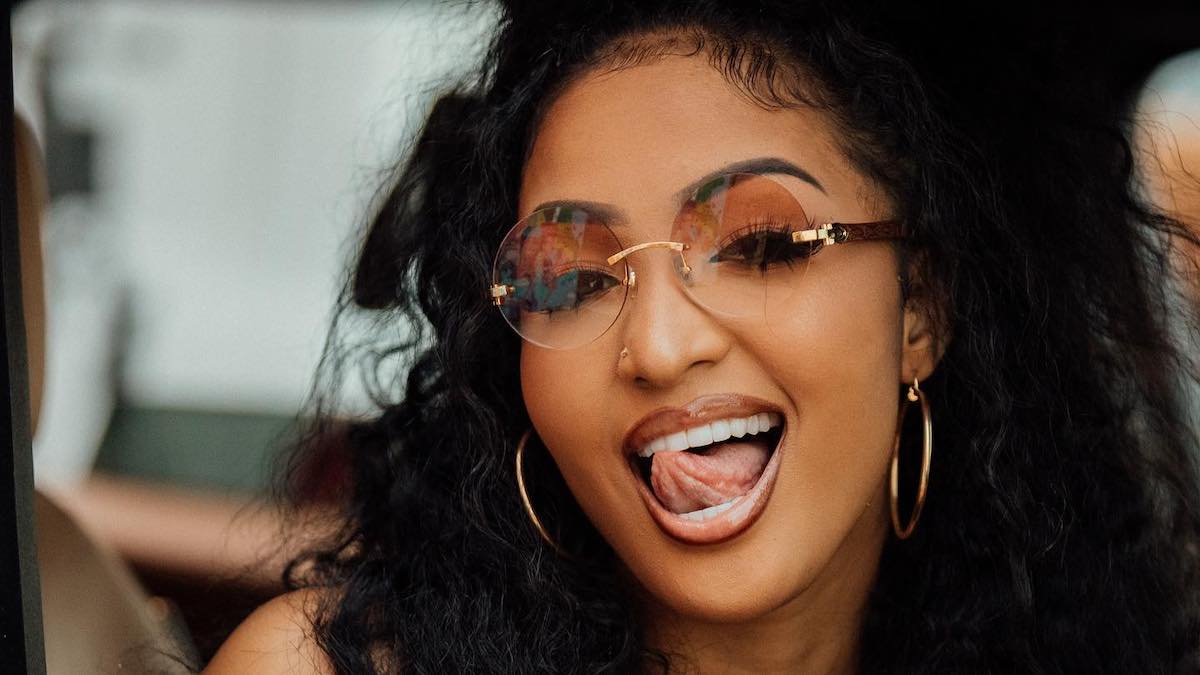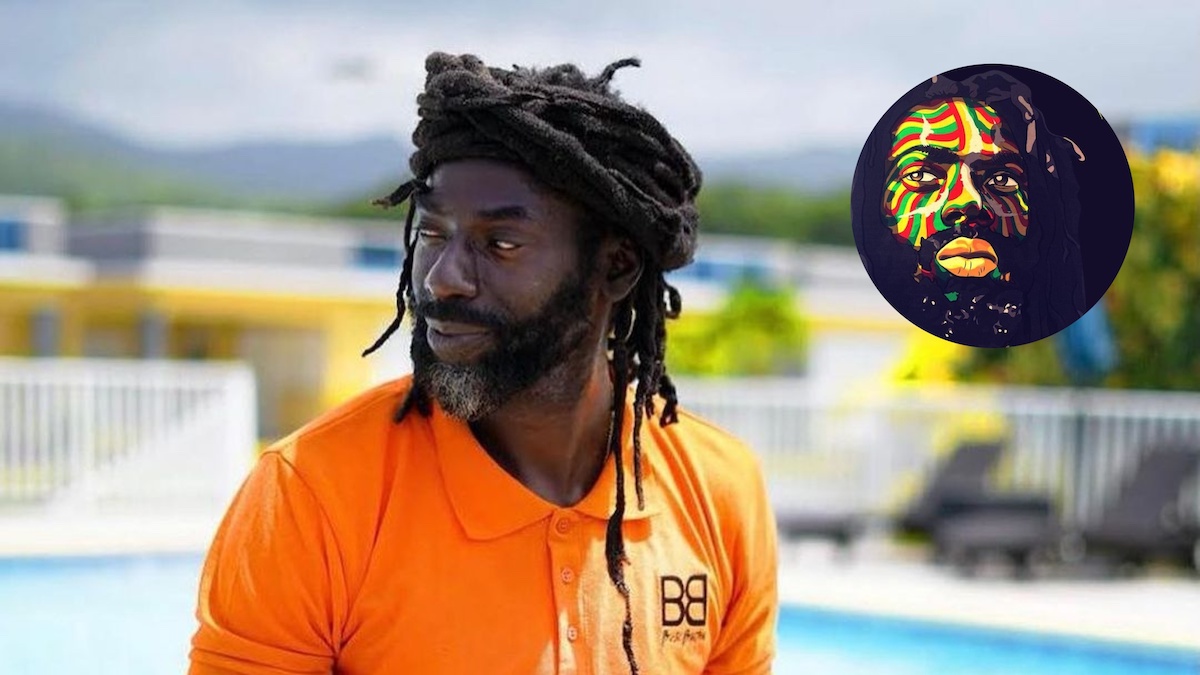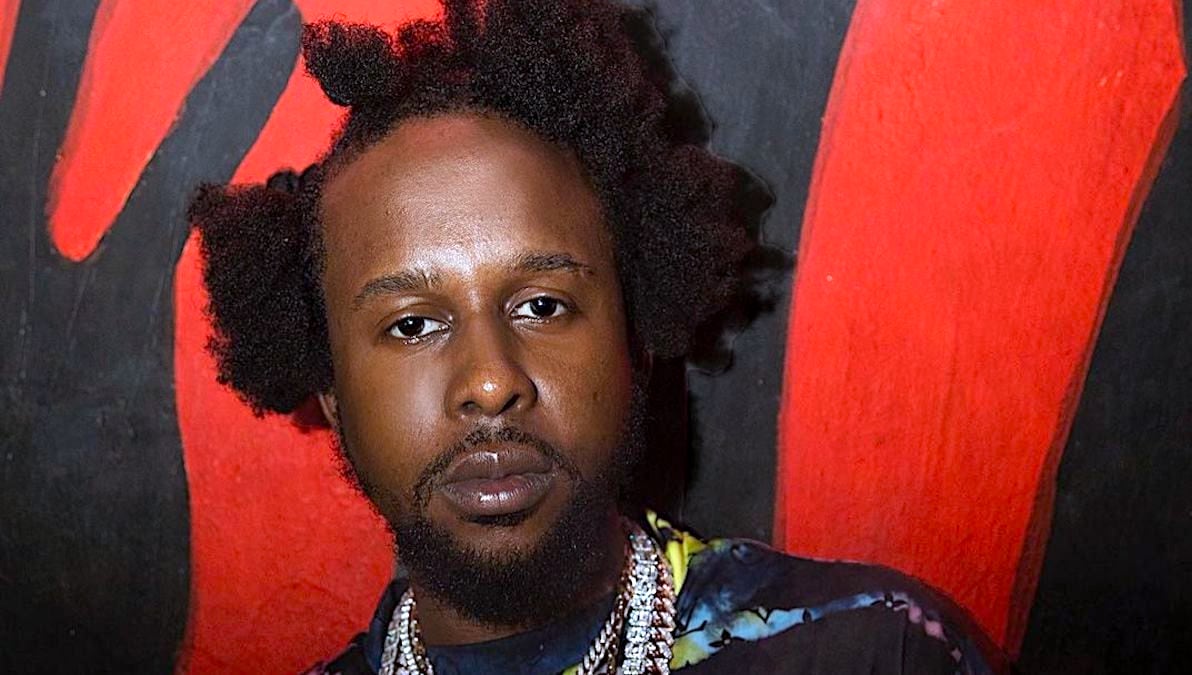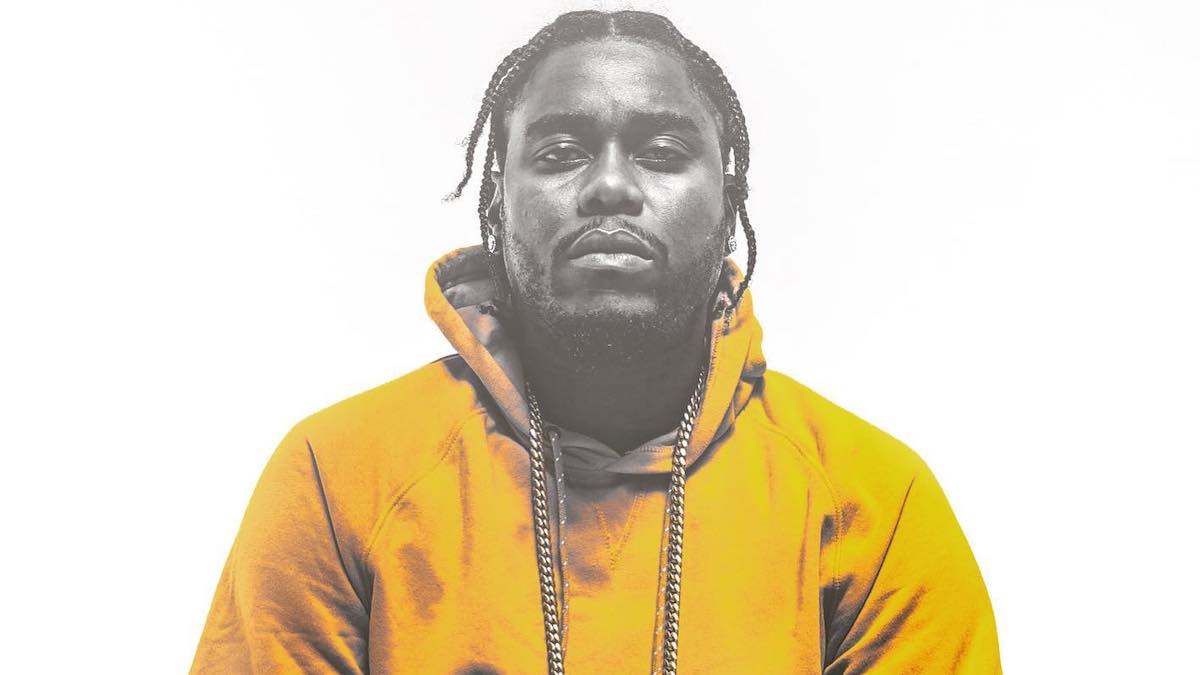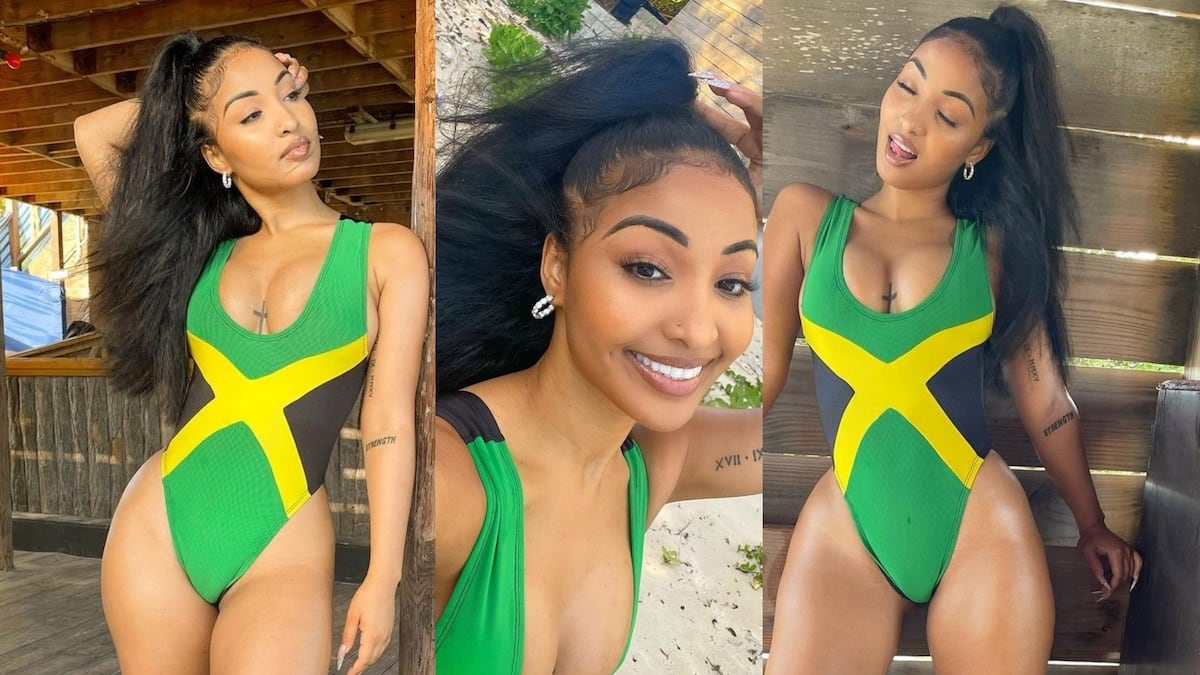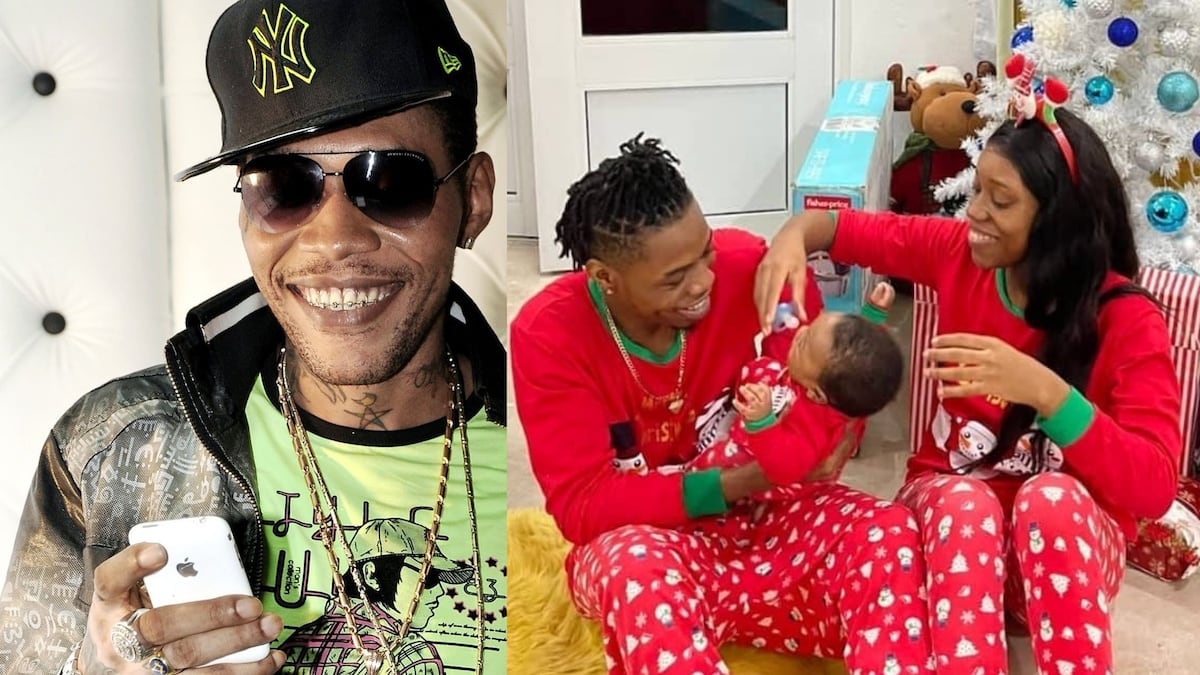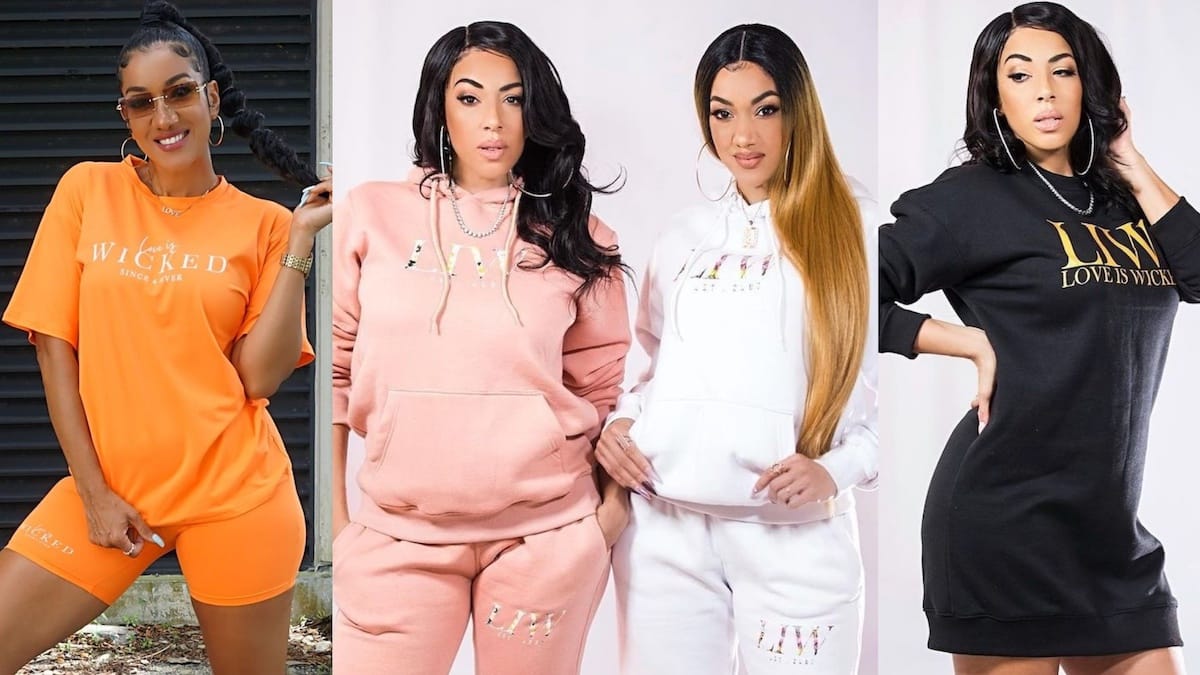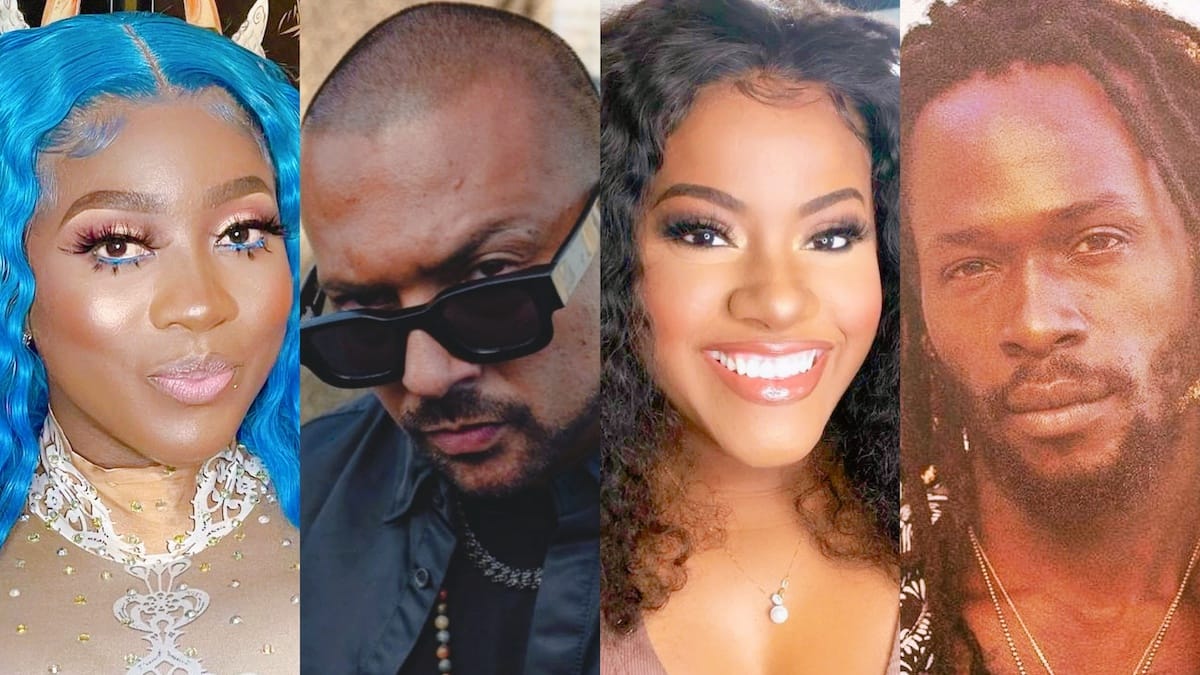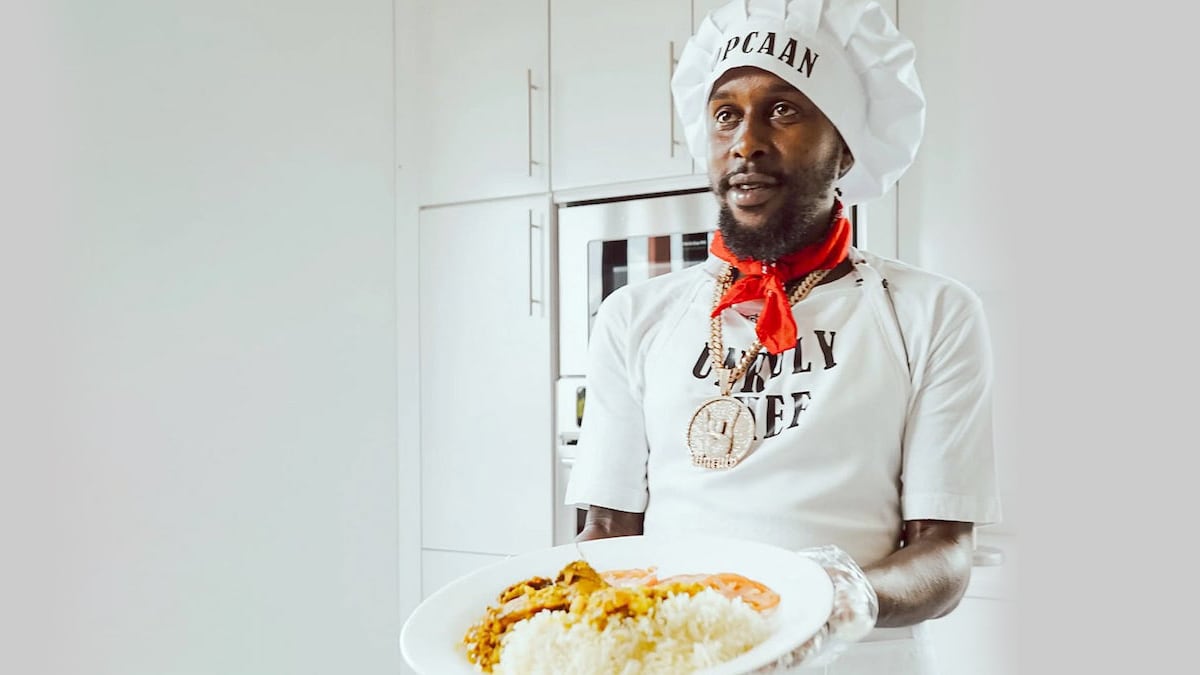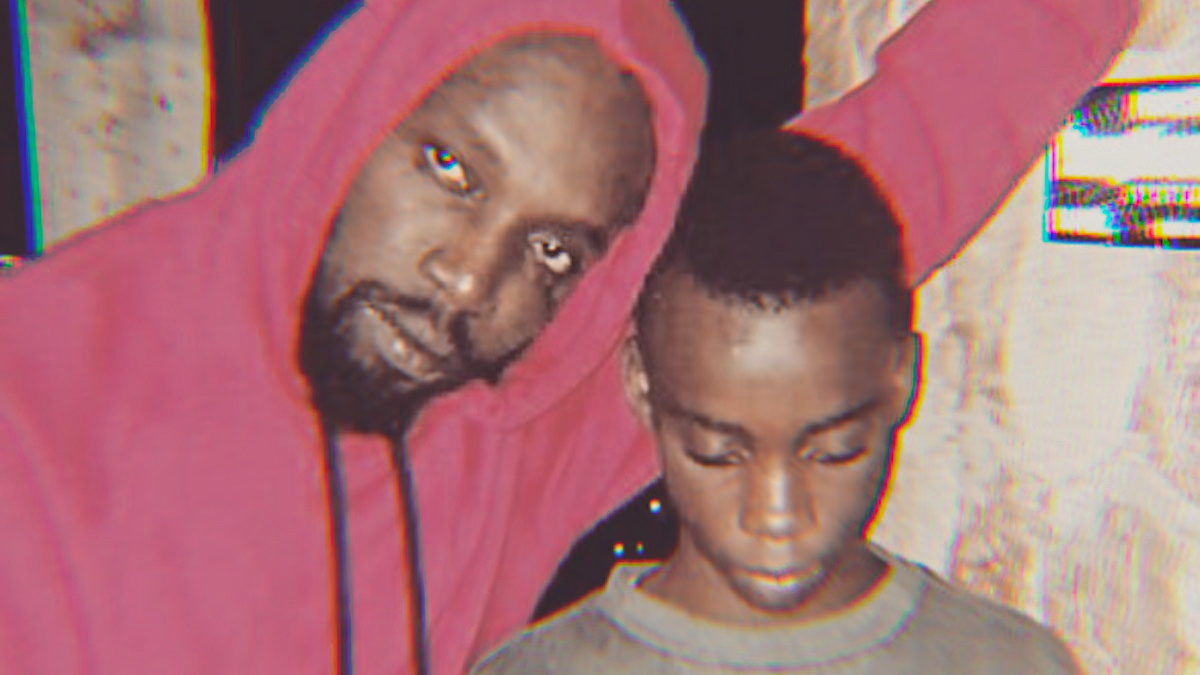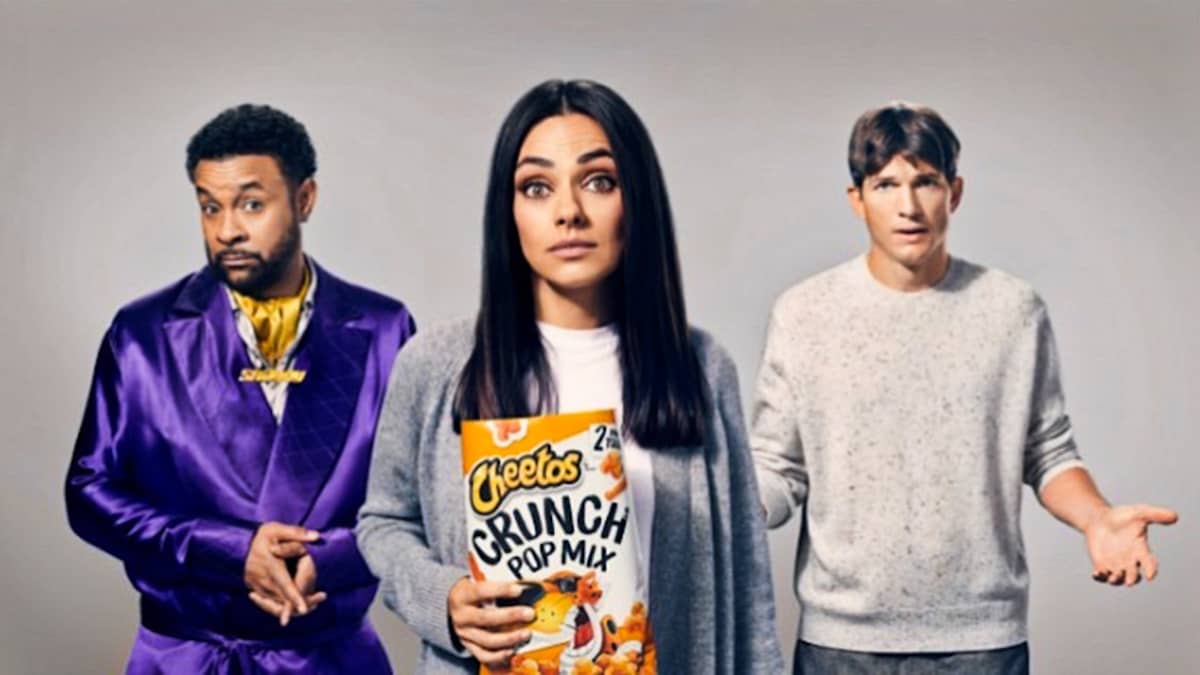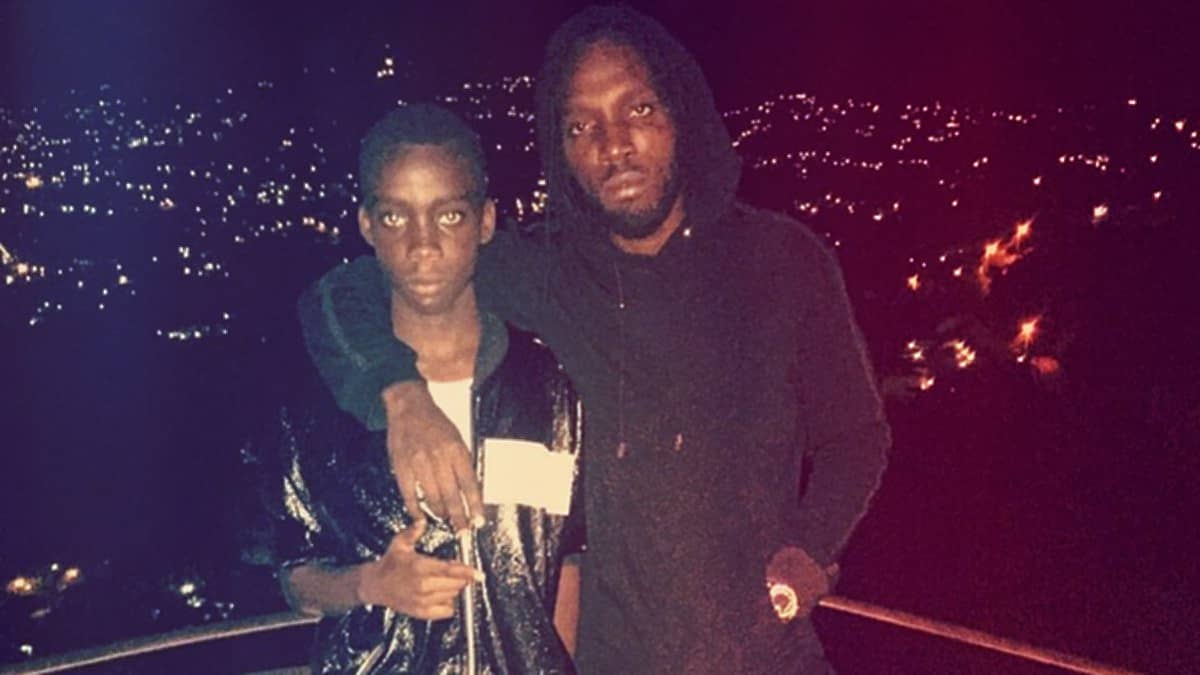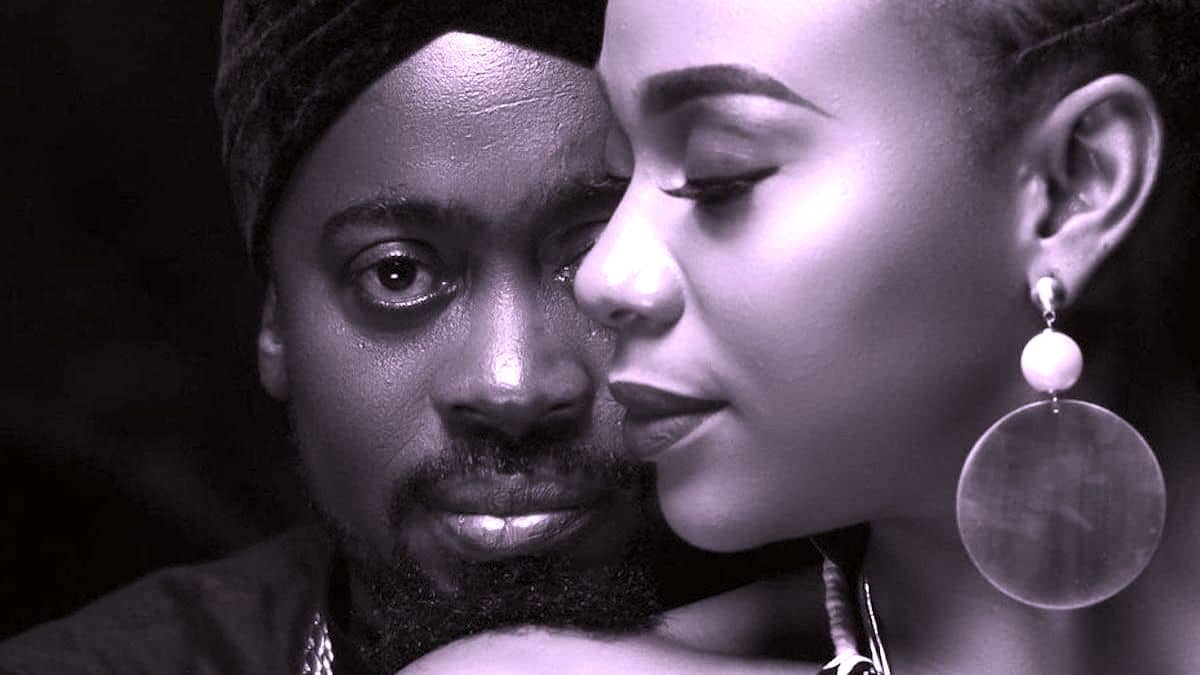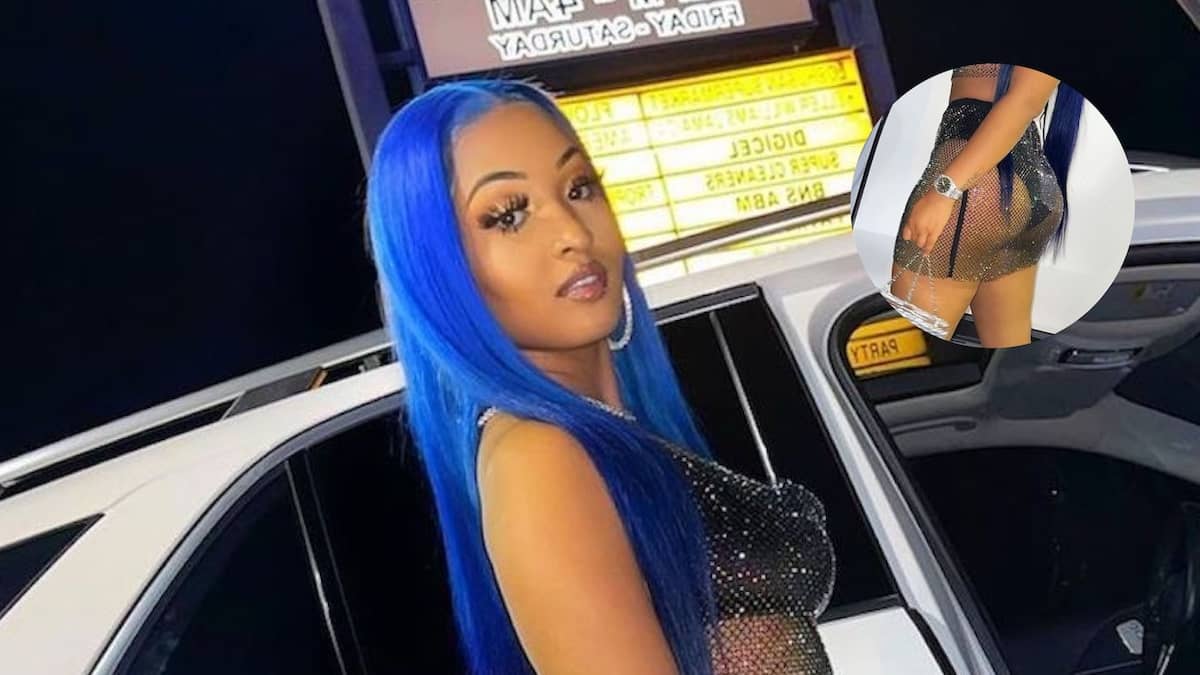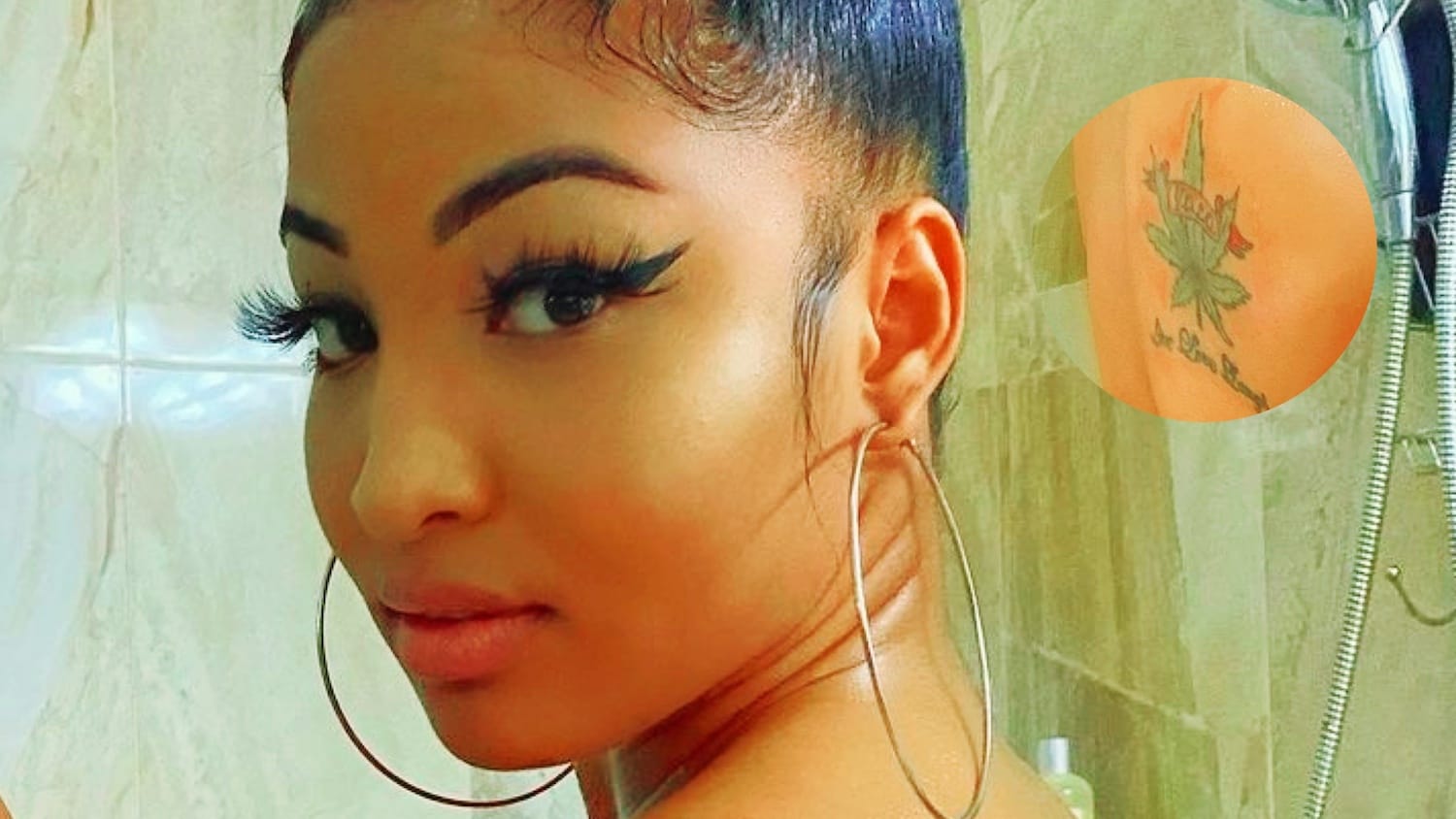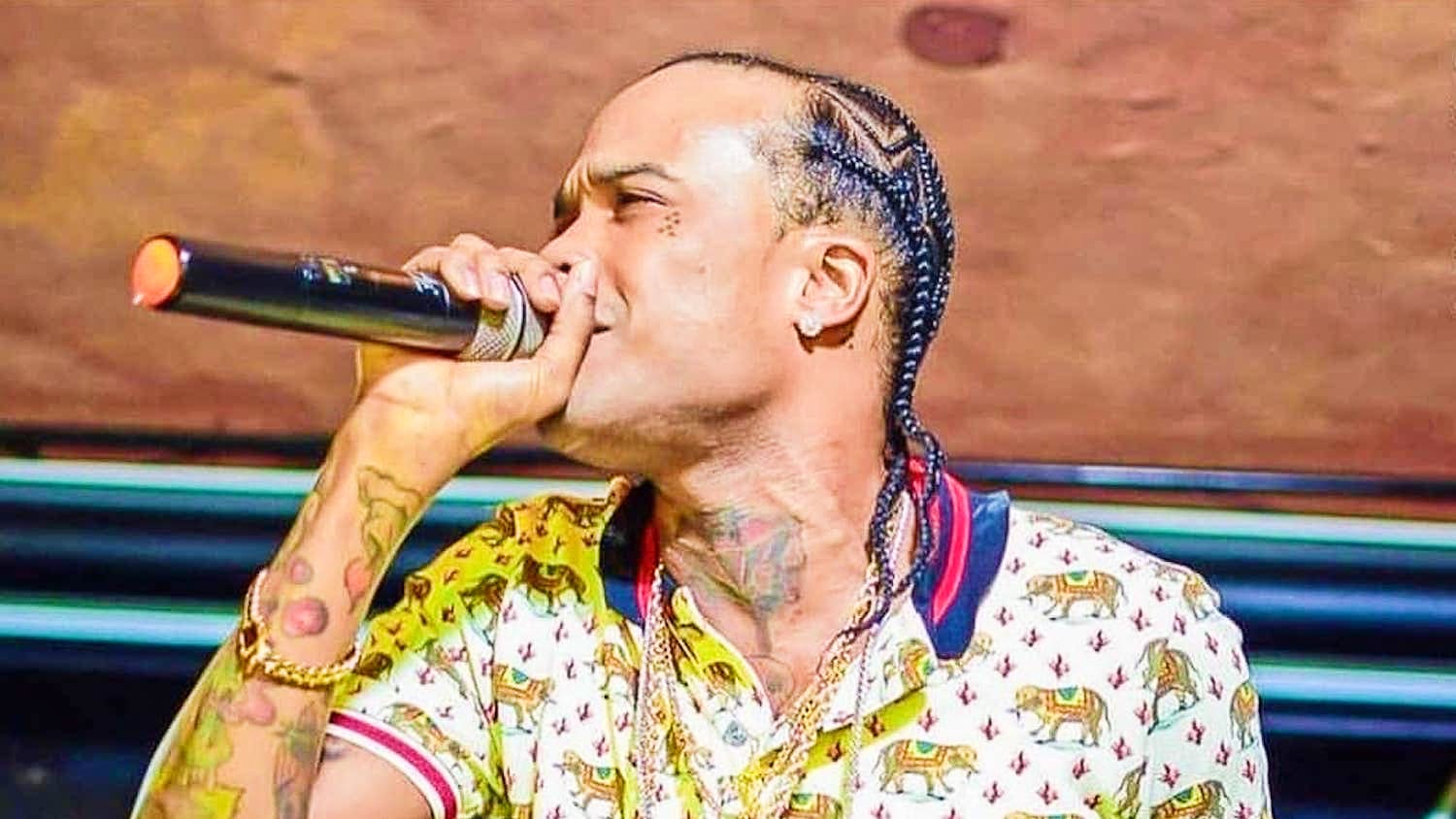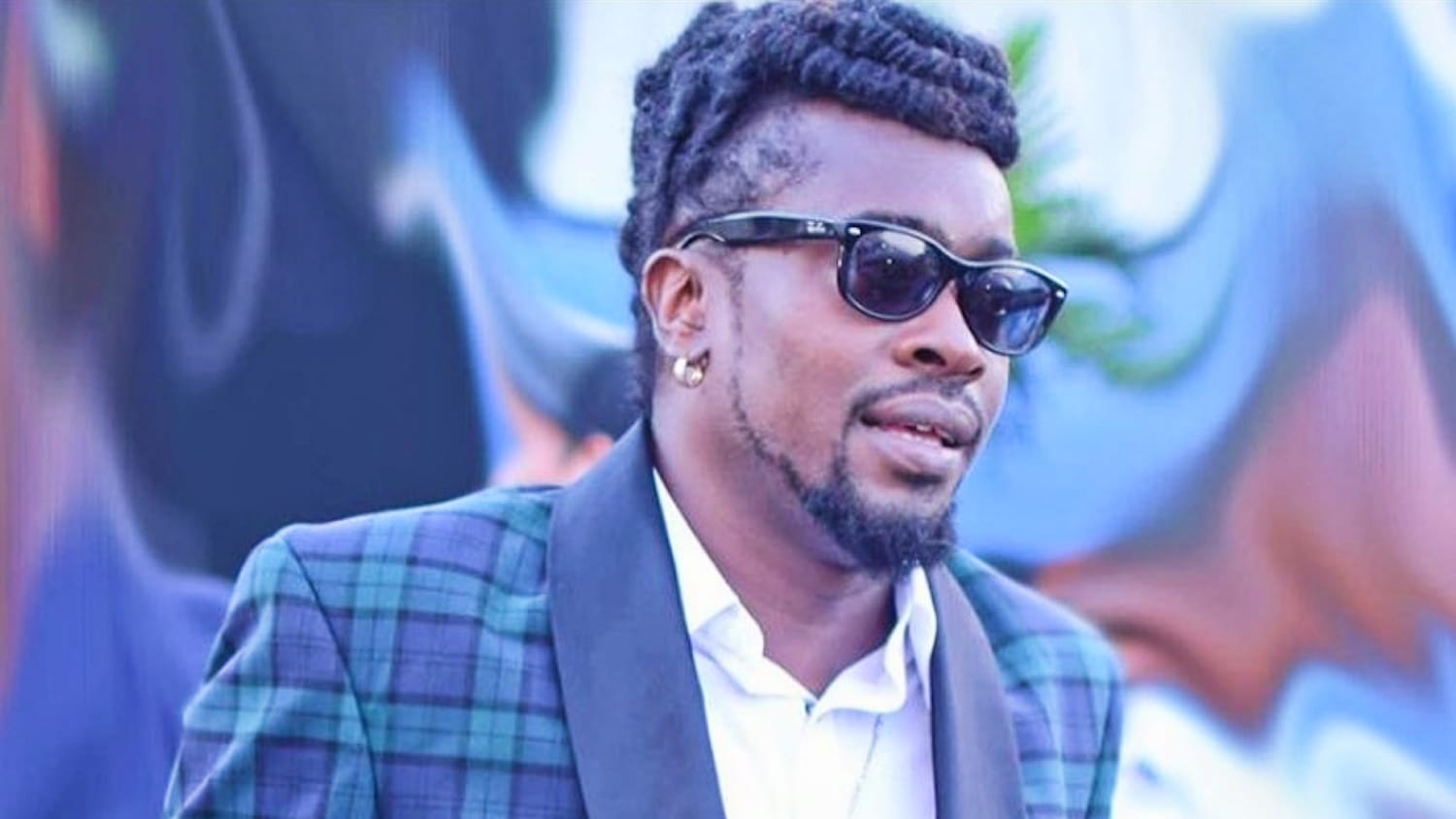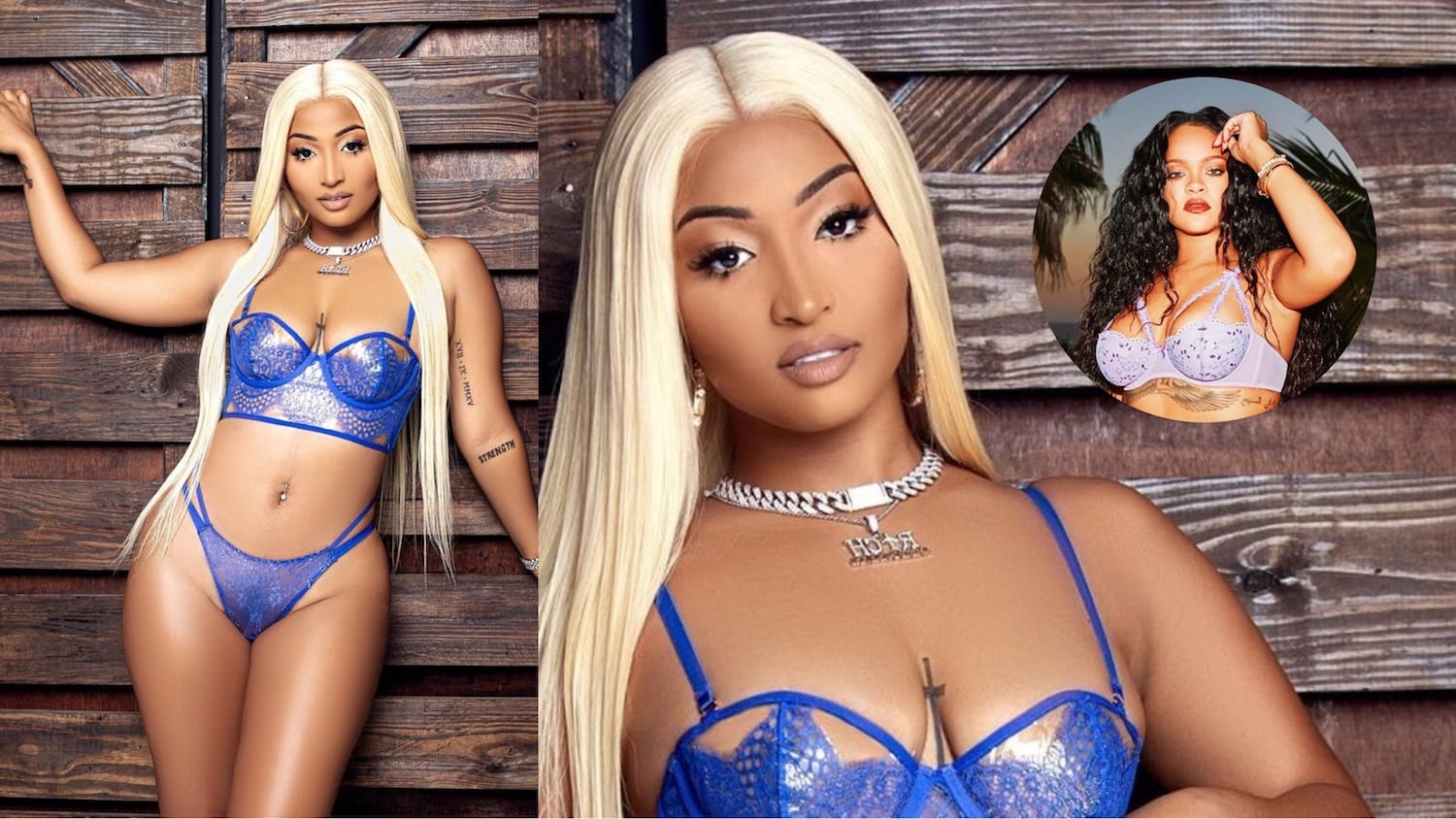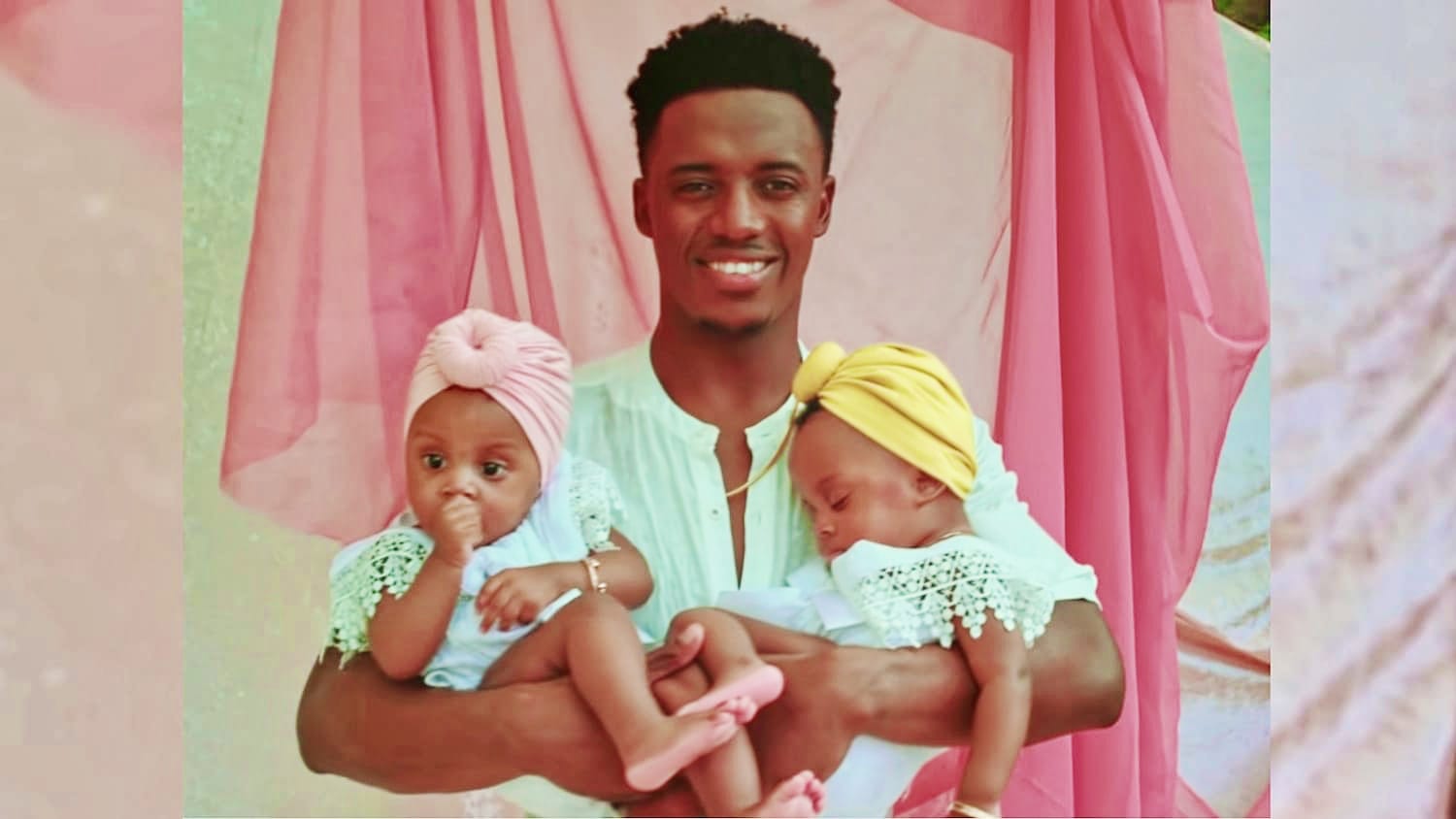Dancehall
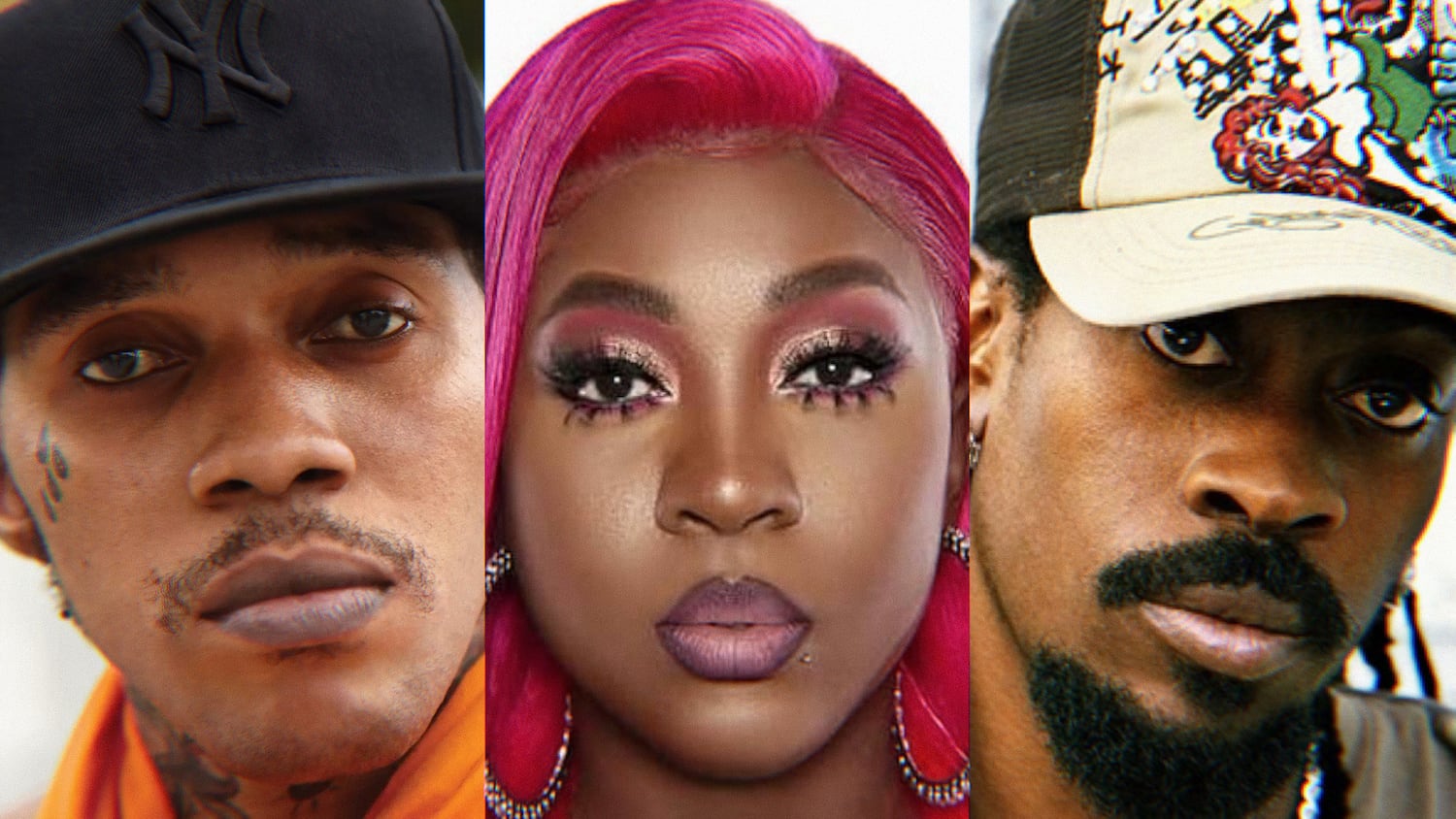
Overview
Originated in Jamaica, Dancehall is a rhythm-heavy subgenre of Reggae that has won fans worldwide.
It embraces fierce lyrical content that celebrates earthly pleasures over the spiritual and mystical language of traditional Roots Reggae.
Dancehall is a popular music genre that originated in Jamaica during the late 1970s.
Initially, Dancehall was a sparser rendition of Reggae than the Roots style, which dominated the 1970s. Midway through the 1980s, digital instrumentation became more prominent, drastically altering the sound, with Digital Dancehall (or “Ragga”) increasingly defined by faster beats. Dancehall music is distinguished by its extensive use of Jamaican Patois rather than standard Jamaican English and its emphasis on track instrumentals (or “riddims”).
Dancehall is named after Jamaican dance halls where local sound systems played popular Jamaican recordings while party patrons danced.
Dancehall achieved its first mainstream breakthrough in Jamaica in the 1980s, and it was gaining popularity in Jamaican diaspora communities by the 1990s. Dancehall achieved global popular success in the 2000s. It began to substantially impact the work of established Western artists and producers in the 2010s, which has helped further integrate the genre into the mainstream of Western music.
Dancehall musicians such as U-Roy, I-Roy, Admiral Bailey, Mikey “LickShot” Palmer, Half Pint, Tenor Saw, Charlie Chaplain (Jamaica), Leroy Sibbles, Papa San, Lieutenant Stitchie, Super Cat, General Trees, Ninjaman, Shabba Ranks, Buju Banton, Yellow Man, Pinchers, Courtney Melody, Jose Wales, Barrington Levy, Mad Cobra, Sugar Minott and Shinehead were popular during the 1980s.
Dancehall gained mainstream appeal in Jamaica, the United States, Canada, Australasia, and Western Europe by the early 2000s. This was first observed with artists such as Sean Paul, whose 2003 hit “Get Busy” was the first Dancehall song to reach number one on the US Billboard Hot 100. This new evolution of Dancehall was distinguished by structures of mainstream pop music, such as repetitive choruses, catchy songs, and hooks, in contrast to older Dancehall.
Some of the artists who popularized this new era of Dancehall included Bounty Killer, Beenie Man, Shaggy, Elephant Man, Vybz Kartel, Mr. Vegas, Mavado, Lady Saw, Busy Signal, Cecile, Gyptian, Spice, Konshens and Popcaan among others.
In the mid-late 2010s, Dancehall saw a new wave of popularity in Western markets, with immense commercial success being achieved by a number of Dancehall-pop songs, a fusion of western pop music, and digital music production with lesser Jamaican Patois in lyrics. Several Hip-Hop and R&B artists have also released material inspired by dancehall music, including Canadian rapper Drake, who has cited Vybz Kartel as one of his “biggest inspirations,” and Major Lazer, whose commercially successful singles Lean On (2015), Light It Up (2015) and Run Up (2017) all heavily rely upon Dancehall music.
Dancehall had re-emerged into global popularity by 2016, with artists such as Popcaan, Alkaline, Masicka, Aidonia and Shenseea regarded as some of the most profound and active artists of the time.
Since 2017, Jamaican dancehall singers have frequently collaborated with British artists such as Chip, Skepta, Kano, Stefflon Don, and J Hus. This is consistent with the rise of urban musicians in the United Kingdom and the resurgence of Grime in 2014.
In the late 2010s, a new wave of artists rose to popularity in Jamaica. These artists come from rural parishes, especially Montego Bay and St. Thomas, outside of the commercial center of the Jamaican music industry. They are influenced by American trap music and sometimes refer to lottery scamming in their lyrics. Some of the most popular artists in this style are Skillibeng, Chronic Law, Squash and Rygin King.
The evolving sounds of dancehall are mostly attributable to the local music producers in Jamaica. DJ Frass, NotNice, and Lee Milla are the most renowned producers contributing to Jamaica’s new sound today.
Coming soon.
What Is Trap Dancehall?
Trap Dancehall is a modern form of Dancehall music fused with Hip-Hop. It emerged in the mid-2010s and is considered a sub-genre of Dancehall.
Trap Dancehall music is strictly bundled with Jamaican Patios and Hip-Hop-based rhythms. It is laboriously practiced by younger, newcomer Jamaican artists including Skillibeng, Chronic Law, Skeng, Rygin King, Squash and Baker Steez, who has been widely credited as the originator of the sub-genre.
While Trap Dancehall is highly approved by the younger generation, the genre is somewhat frowned upon by adults. In fact, it has been heavily criticized by veterans like Bounty Killer and Beenie Man, who are concerned that it is “watering down” Dancehall music.
What is the difference between Dancehall and Reggae?
While both music genres reflect the social, economic, and psychological realities of Jamaican society, Dancehall has an exuberant demeanor as opposed to Reggae’s reserved personality.
Dancehall is raw and uncut while Reggae conveys tranquility and meditation. As a result, there is a vast difference between the consumption of Reggae and Dancehall music.
Dancehall is the preferred genre among the majority of Jamaicans, particularly the youth. However, Reggae is more desired worldwide as it is typically at a slower pace in lyrics and is easier to comprehend. Simply put, Vybz Kartel is to Dancehall as Bob Marley is to Reggae.
Why is Dancehall artist Vybz Kartel so famous?
Vybz Kartel, whose real name is Adidja Palmer, is the most influential Dancehall artist in the eyes of the average Jamaican millennial.
In a career spanning 20 years, the self-acclaimed King of Dancehall, masterfully exploited the nexus between his music, lyrical capabilities, public relations ability, remarkable charisma, and business acumen to become an international music celebrity.
Vybz Kartel has undeniably made history by achieving feats that no other Jamaican artist has ever accomplished.
In 2003, he gained notoriety as a lyricist with the Wayne Marshall-assisted single “New Millennium,” which boasted his signature meticulously constructed polysyllabic rhymes delivered in immensely coded patois, the total opposite of mainstream hits. From then on, he revolutionized the art of deejaying by spitting jaw-twisting rhymes and challenging the vocal talent of many of his peers who tried to match his abilities.
His 2010 song “Clarks,” in which he collaborated with Popcaan and Gaza Slim, demonstrates his strong global influence. The catchy song about the British shoe brand, which has long been a favorite among dancehall fashionistas, went viral throughout the world, causing a rush on Clarks retailers in Jamaica and elsewhere.
Vybz Kartel had constantly made controversial headlines with his X-rated taboo lyrics, his leaked sex tapes, for lightening his complexion in a culture with a long tradition of black pride, and his well-documented incarceration. Even behind bars, he continues to be the talk of the town as he dishes out news songs every month as if he was never sentenced to life for murder.
Other notable factors that contributed to his renowned entertainment career are his lyrical feud with fellow Dancehall star Mavado, his reality TV show, “Teachas Pet,” his physical appearance (from jersey to skinny jeans, and tattoos to braces and hair extensions) among others. The level of excitement that Vybz Kartel brought to Dancehall is absolutely incomparable.
What are the main characteristics of Dancehall music?
The main characteristics of a typical Dancehall song are its language, topic (lyrical content) and digitalized beat or rhythm (“riddim”).
Jamaican Patios is the deejay’s conventional means of communicating and vocal contributions to Dancehall music. It is an English-based creole language with West African influences, spoken primarily in Jamaica and among the Jamaican diaspora.
The lyrical content of Dancehall music is one of the key elements the genre distinguished itself from Roots Reggae. Although the Dancehall scene is diverse in terms of artists and sub-genres, “slack lyrics” with R to X-rated content are particularly popular. Furthermore, most deejays’ lyrics are aggressively homophobic and misogynistic, ironically putting Dancehall on the back burner in the world music industry.
Riddim is the Jamaican Patois pronunciation of the English word “rhythm,” the one indispensable element of all music. It is used in a wide variety of songs with a wide variety of lyrics and vice versa. Typically, no single deejay owns a riddim, as seen with the Jammy’s Records’ 1986 “Punaany” riddim, the catchy instrumental which provided the foundation for multiple Dancehall hits from the likes of Admiral Bailey, Buju Banton, Beenie Man, Bounty Killer, Elephant Man, Junior Cat, Shabba Ranks and Vybz Kartel.
Does Dancehall music influence violence?
The graphical lyrical content of some music has been shown to influence adolescent sexual and violent behavior, according to studies.
Multiple studies looked into the literature and discovered a link between the Dancehall genre and adolescent sexual and violent conduct in Jamaica. Some research suggests that such genres are more likely to influence male behavior than female behavior (due to its delivery from a masculine perspective), while the findings of other studies show that females are more likely to be impacted psychosocially, and thus act on the lyrical contents they listen.
Adolescents’ psychosocial response to Dancehall music has become a national and public health concern, sparking governmental debate about sexual and aggressive conduct among adolescents.
Dancehall Celebrity Updates
Get the latest on Dancehall celebrity news, photos, videos, music, lifestyle, and fashion.

